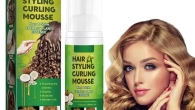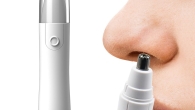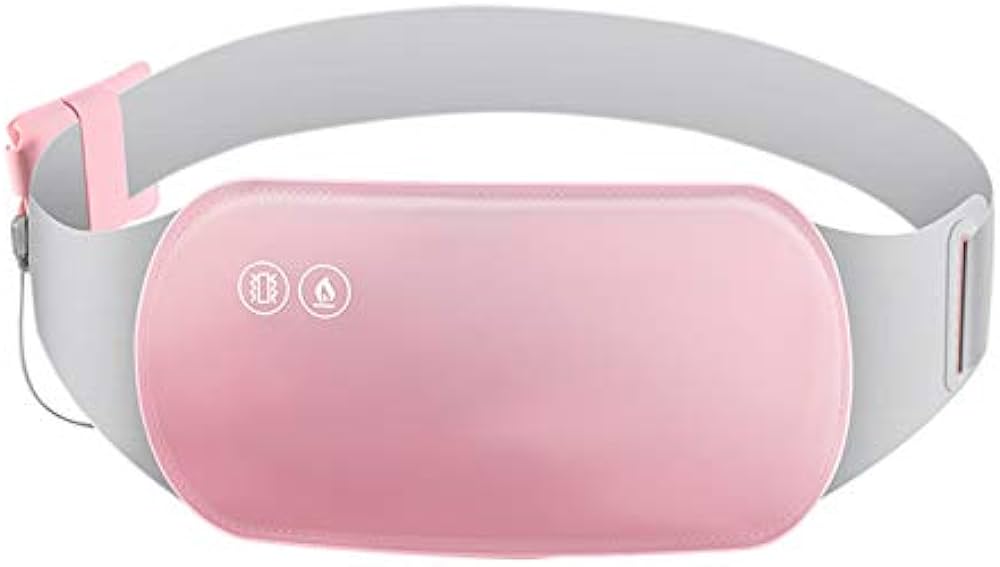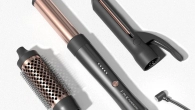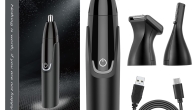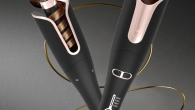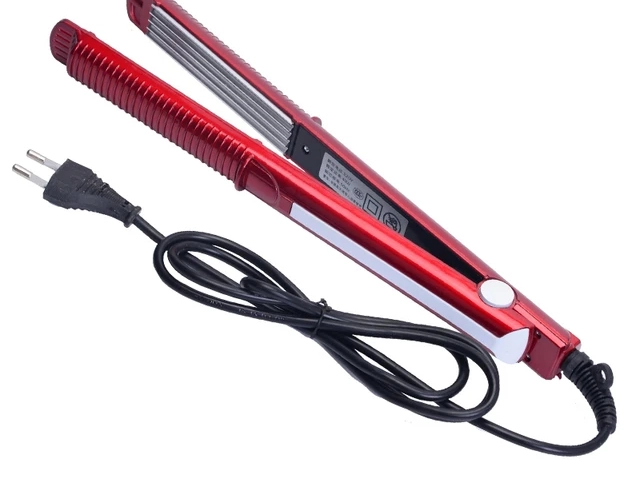
How to Curl Hair That Won’t Curl: The Techniques and Tools
Introduction:
Curling hair that refuses to hold curls can be frustrating, but with the right techniques, products, and tools, you can achieve beautiful, long-lasting curls. This comprehensive guide delves into various methods for curling stubborn hair, from selecting the right products to utilizing proper techniques and tools. By understanding and applying these strategies, you can overcome the challenge of curling resistant hair and enjoy gorgeous, bouncy curls.
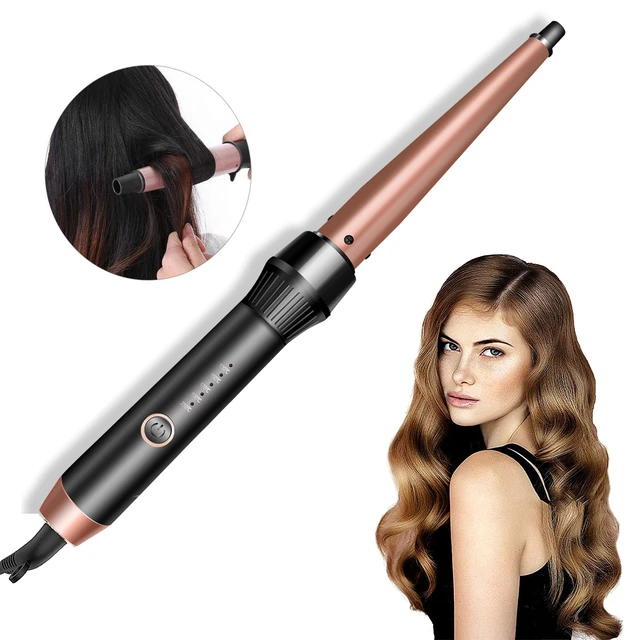
How to Curl Hair That Won’t Curl:
What Techniques and Tools Should You Use?
Understanding Your Hair Type:
Why Is Your Hair Resistant to Curling?
Recognizing the factors that make hair resistant to curling helps in selecting the appropriate techniques and products.
Hair Texture:
Coarse or Fine Hair:
Coarse Hair: Coarse hair often has a thicker, stronger structure that can resist manipulation. Ensuring adequate heat and the right products is crucial for these hair types.
Fine Hair: Fine hair tends to be slippery and struggles to hold a shape. Using products designed for fine hair and choosing the right styling techniques can improve curl retention.
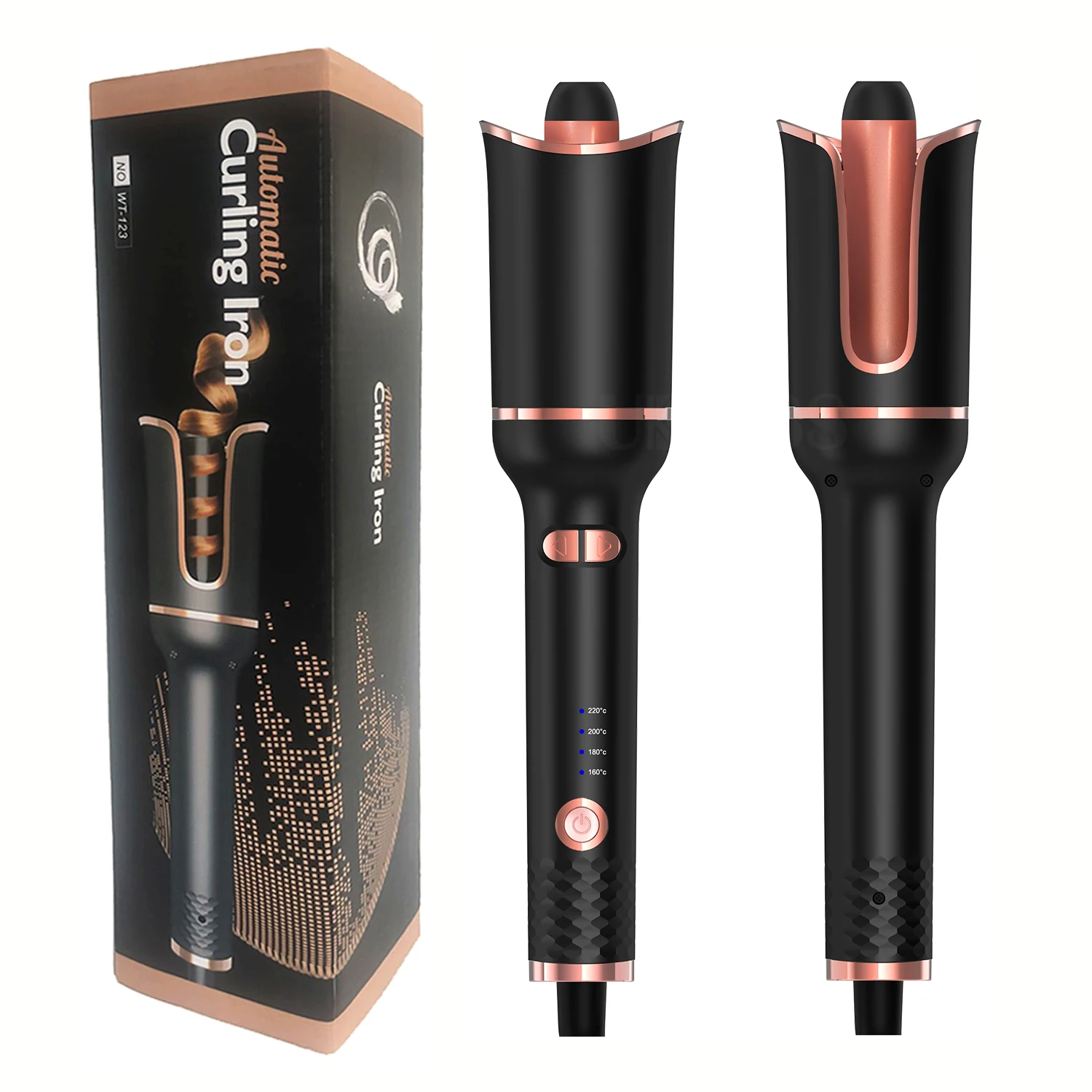 Porosity and Health:
Porosity and Health:
Effects of Porosity:
Low Porosity: Low porosity hair does not easily absorb moisture or product, making it difficult to style. Techniques that involve opening the hair cuticle can enhance curl formation.
Damaged Hair: Over-processed or heat-damaged hair may not hold curls well. Treating the hair with restorative products and avoiding excessive heat can help improve curl retention over time.
Preparing Your Hair:
How Should You Prep Your Hair for Curling?
Proper preparation ensures that your hair is ready to hold curls effectively.
Cleansing and Conditioning:
Product Selection:
Clarifying Shampoo: Use a clarifying shampoo to remove any buildup from previous styling products. Clean hair is more likely to hold curls as buildup can weigh hair down and prevent curls from forming.
Moisturizing Conditioner: Apply a lightweight, moisturizing conditioner to keep hair hydrated without weighing it down. Avoid heavy conditioners that can make hair too slippery for styling.
Using the Right Products:
Proper Product Application:
Heat Protectant: Always apply a heat protectant spray before using hot tools. It safeguards your hair from heat damage while ensuring that the curls form properly.
Curl-Enhancing Products: Apply a curl-enhancing mousse or styling cream to damp hair. These products add texture and hold, making it easier for the curls to form and last longer.
Drying Techniques:
Pre-Drying Steps:
Air Dry or Diffuse: Partially air dry or use a diffuser attachment on your hairdryer to dry your hair until it is about 80% dry. This helps set the curl-enhancing product and minimizes frizziness.
Avoid Over-Drying: Avoid over-drying your hair, which can strip it of moisture and reduce its ability to hold curls. Leave a little moisture in to aid the curling process.
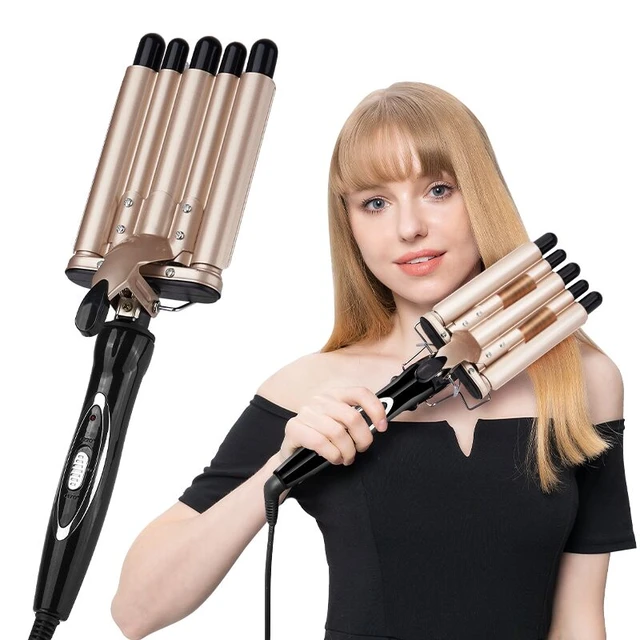 Choosing the Right Tools:
Choosing the Right Tools:
What Tools Are Best for Curling Resistant Hair?
Selecting the appropriate tools is crucial for achieving and maintaining curls in stubborn hair.
Curling Iron or Wand:
Heat and Barrel Size:
Adjustable Heat Settings: Opt for a curling iron or wand with adjustable heat settings. Higher heat settings may be more effective for coarse or resistant hair, but ensure to use a heat protectant to prevent damage.
Barrel Size: Smaller barrel sizes (¾ to 1 inch) create tighter curls that last longer. Larger barrels may not provide the same hold for resistant hair.
Hot Rollers:
Using Hot Rollers Effectively:
Heat Retention: Hot rollers are excellent for creating long-lasting curls in resistant hair. They retain heat for a longer period, allowing curls to set properly.
Variety of Sizes: Choose hot rollers that come in various sizes to create different curl patterns. Mix and match sizes for a natural, voluminous look.
Flat Iron:
Versatile Curling Tool:
Curl Technique: A flat iron can also be used to create curls. Twist the flat iron while sliding it down the hair shaft to form curls. This method can be particularly effective for fine or slick hair types.
Multiple Passes: For resistant hair, you may need to make multiple passes with the flat iron. Always use a heat protectant to minimize damage from repeated heat exposure.
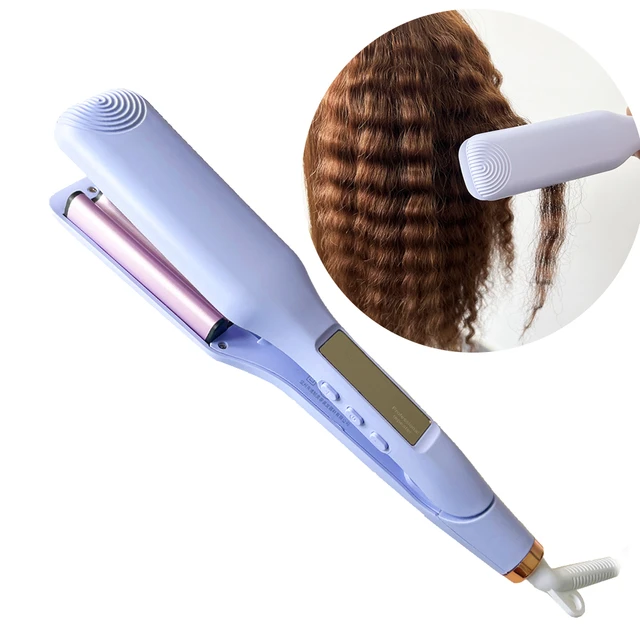 Techniques and Methods:
Techniques and Methods:
How Should You Curl Resistant Hair for the Best Results?
Proper techniques are essential for coaxing resistant hair into curls that last.
Sectioning Hair:
Managing Large Amounts:
Divide and Conquer: Divide your hair into small, manageable sections. This ensures that each strand gets sufficient heat and attention, leading to more defined and longer-lasting curls.
Start at the Bottom: Begin curling from the bottom sections and work your way up. This technique helps maintain organization and prevents tangled sections.
Curling Technique:
Proper Curl Formation:
Curl and Hold: Wrap small sections of hair around the curling iron or wand. Hold the hair in place for 10-15 seconds to allow the heat to form a curl. Release the curl gently into your palm and hold it there for a few seconds to set it.
Alternate Directions: For natural-looking curls, alternate the direction of the curls. Curl some sections towards your face and others away from it, enhancing volume and movement.
Using Hot Rollers:
Effective Roller Usage:
Roll and Clip: Wrap sections of hair around the hot rollers and secure them with clips. Use smaller rollers for tighter curls and larger ones for loose waves. Leave the rollers in until they have cooled completely.
Cool Down: Allowing the rollers to cool ensures that the curls set properly. Avoid touching or disturbing the curls until the rollers are completely cooled.
Flat Iron Method:
Creating Flat Iron Curls:
Twist and Glide: Take a small section of hair and clamp the flat iron near the roots. Twist the iron while gliding it down the length of the hair, creating a curl. Repeat as necessary for resistant sections.
Cool Each Curl: After forming each curl, hold it in your hand or clip it up until it cools. This sets the curl and helps it last longer.
Finishing Touches:
How Can You Ensure Your Curls Last Longer?
Finishing touches and additional products can help extend the life of your curls.
Setting the Curls:
Product Application:
Flexible Hold Hairspray: Use a flexible hold hairspray to set the curls without making them stiff. Spray each section lightly after curling to maintain movement and softness.
Avoid Heavy Products: Heavy products can weigh curls down and reduce their lifespan. Opt for lightweight styling products that provide hold without adding extra weight.
Allowing Curls to Cool:
Locking in Shape:
Let Curls Set: Allow your curls to cool completely before touching or styling them further. Cooling sets the curl pattern, making it last longer.
Avoid Combing: Avoid combing through your curls after they have cooled. Instead, use your fingers to gently separate and style the curls to maintain their shape.
Nighttime Care:
Preserving Curls Overnight:
Pineapple Method: For longer hair, gather your curls into a loose ponytail at the top of your head (the “pineapple”). This method helps preserve curls and volume while you sleep.
Satin Pillowcase: Sleep on a satin or silk pillowcase to reduce friction and prevent frizz. These materials are gentler on hair and help maintain the integrity of your curls.
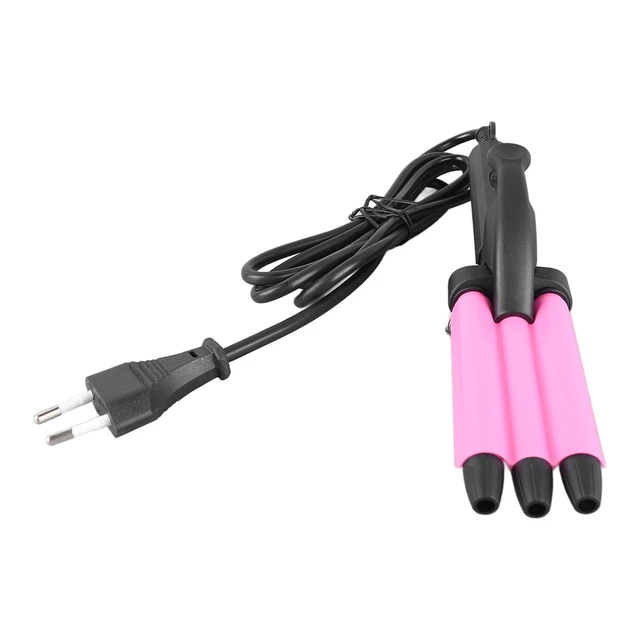 Maintenance and Health:
Maintenance and Health:
How Should You Care for Your Hair Between Curling Sessions?
Maintaining your hair’s health between styling sessions ensures it remains strong and able to hold curls.
Regular Conditioning:
Hydration and Repair:
Deep Conditioning: Incorporate deep conditioning treatments into your hair care routine. These treatments restore moisture and repair damage, making your hair more responsive to curling.
Leave-In Conditioners: Use leave-in conditioners to provide ongoing hydration and protection. They help keep hair manageable and prepare it for styling.
Heat Protection:
Minimizing Damage:
Consistent Use: Always use heat protectant sprays or serums before applying heat to your hair. This step is crucial in minimizing heat damage over time.
Lower Heat Settings: When possible, use lower heat settings on your curling tools. While resistant hair may need higher heat, balancing temperature and protection helps maintain hair health.
Trim Regularly:
Preventing Split Ends:
Scheduled Trims: Regular trims help prevent split ends and breakage, which can hinder your ability to curl your hair. Aim for trims every 6-8 weeks to keep your hair healthy.
Healthy Ends: Healthy ends hold curls better and contribute to an overall polished look. Keeping your hair in good condition supports successful styling efforts.
Conclusion
Curling hair that won’t hold a curl requires a blend of the right products, tools, techniques, and ongoing hair care practices. Understanding your hair type and its unique challenges allows you to choose the best methods for achieving lasting curls. Proper preparation, including cleansing, conditioning, and applying curl-enhancing products, sets the stage for successful styling. Selecting the right tools, such as curling irons, hot rollers, or flat irons, is crucial for creating and maintaining curls. Using effective techniques, like sectioning hair, curling with proper methods, and setting the curls with lightweight products, ensures your curls look natural and last. Finally, maintaining hair health through conditioning, heat protection, and regular trims enhances your hair’s ability to hold curls over time. By following these detailed guidelines, you can transform resistant hair into beautiful, bouncy curls that last.





